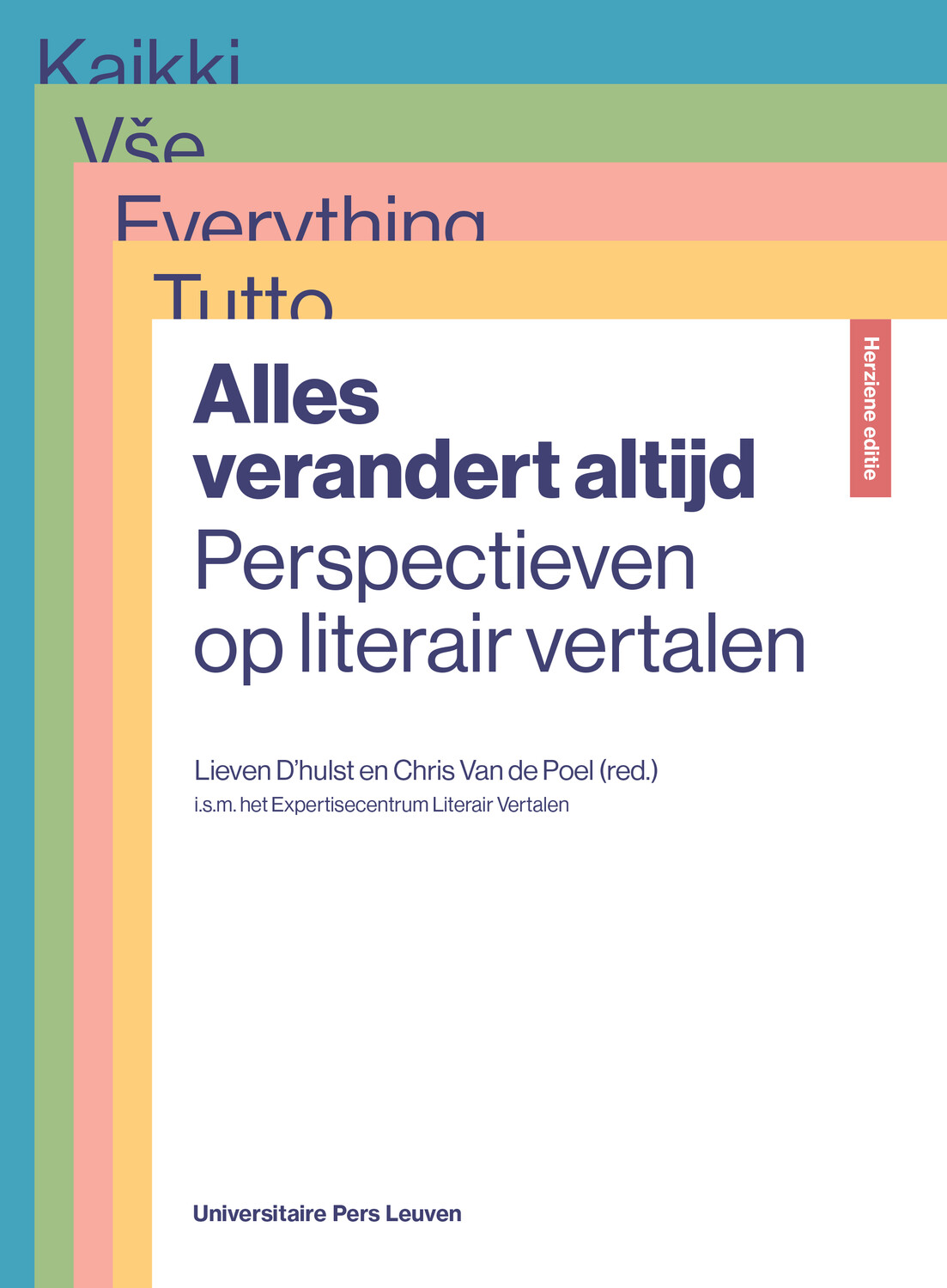
Editor Simone Wille
Collections such as those in Prague, East Berlin, and Budapest show how closely their activities were linked to the official cultural politics of their governments.
Rather than centering on the well-known collections in Western European and North American museums, Collecting Asian Art turns to museum collections of Asian art in Central Europe which emerged from the late 19th century onwards. “As a result of the exciting papers that were presented at a conference in Prague in 2021, we decided to publish this book”, explain editors Markéta Hánová, Yuka Kadoi, and Simone Wille
Briefly and concisely explain in plain language what the book is about.
Collecting Asian Art: Cultural Politics and Transregional Networks in Twentieth-Century Central Europe examines museum collections of Asian art in the region of Central Europe, rather than the well-known collections of Western European and North American museums. It thereby looks at this region’s connectedness across past and present political and cultural boundaries from the pre-First World War to the post-Second World War period. This puts Central Europe’s connection with Asia in the centre of the discussion and can, through the examination of collections of Asian art, contribute to an understanding of the region as being globally connected. The contributions in the edited volume discuss these connections starting from the late nineteenth century until the end of the Cold War, revealing a great difference between developments taking place in Western Europe. Especially during the Cold War period. Collections such as those in Prague, East Berlin, and Budapest show how closely their activities were linked to the official cultural politics of their governments. Their common orientation towards ‘friendly’ and non-aligned nations in Asia is ultimately a sign of the general orientation of the countries tied to the Eastern Bloc.
What or who inspired you to choose this topic?
The book is the result of a conference that we, as editors, co-organised in Prague in 2021. As a result of the exciting papers that were presented at the conference we decided to publish a selection of them in an edited volume. Furthermore, the publication also connects with the general research of each of the editors.
Do you have any reading suggestions to share (books, blogs, journals, ...) for anyone who wants to know more about the subject?
Each chapter of the book includes a list of the major and most up-to-date literature!
How did the writing process for this book go? Did you experience anything surprising, amusing or strange?
The writing process took place in different locations. As editors working in various cities in Central Europe and occasionally in Asia, we often had online meetings in which we discussed progress, delays and despair. While Yuka and I often overlapped in our work in Vienna, where we would occasionally meet for walks in the park, it was always special to meet Markéta in Prague and discuss developments from there. I therefore believe that the mobility between locations in Central Europe and Asia was important for us to grapple with the interrelated implications of these cultural geographies.
What would you like readers to remember about your book?
I hope that readers of the book gather some degree of our excitement about working in and through archives. All of the contributions in the book have looked at primary material, mostly unpublished archival sources. Since we, as writers and scholars, are excited about these findings we hope that our readers can share some of that excitement. It brought about a network of perspectives and reflections (which has a potential for further collaboration)
Your book is published open access thanks to the support of the KU Leuven Fund for Fair Open Access. How did the open access publication process go? What makes open access so attractive for you/your book? Have you thus far noticed that your book reaches a wider audience?
Preparing the book for open access was no different from any other publication I have undertaken in the past. However, knowing that the publication is available for everyone, worldwide, gave us a lot of confidence. The fact that readers, especially in Asia, will be able to access what we have researched and written has guided us throughout the publication process.
Do you have any plans yet for another publication? What will it be about? Would you consider publishing the book open access??
We have plans to bring out a follow up publication about further connections between different regions across Asia and Central Europe and it will definitely be published in open access.
 Collecting Asian Art
Collecting Asian ArtCultural Politics and Transregional Networks in Twentieth-Century Central Europe
Edited by Markéta Hánová, Yuka Kadoi, and Simone Wille
paperback, Open Access ebook









































